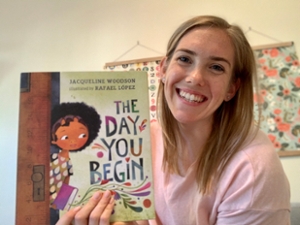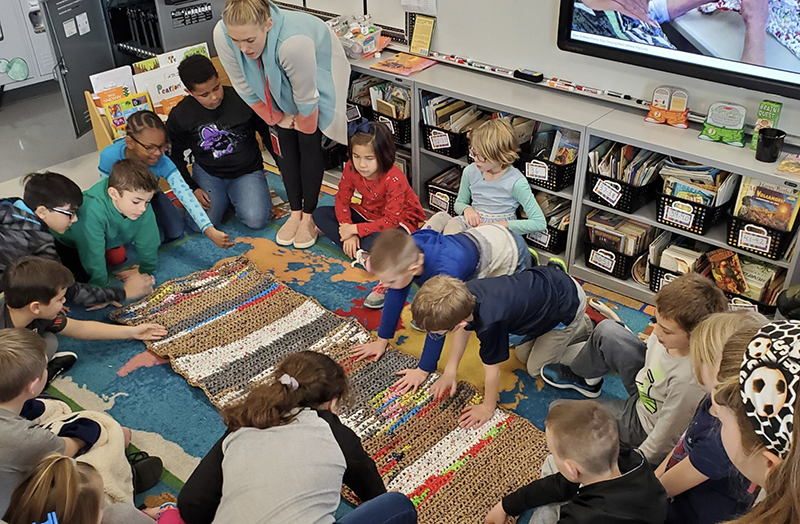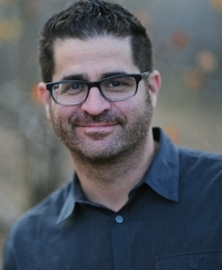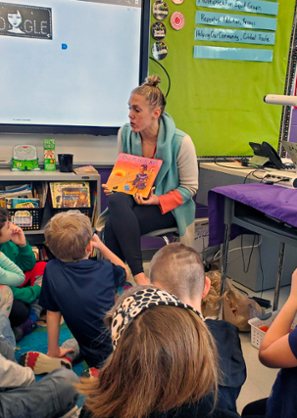

Miami’s department of teacher education guides student teachers and those now leading their own classrooms through unprecedented times
By Margo Kissell, university news and communications
As Miami University resumes in-person classes this week, faculty and students are shifting gears — just as they did six months ago when the COVID-19 pandemic unexpectedly forced everyone to move online.
Brian Schultz
Brian Schultz, professor and chair of teacher education in the College of Education, Health and Society, (EHS) said his faculty are well-prepared in terms of their deep understanding of curriculum and pedagogy, so changing course is something they do well. But, he added, it isn’t easy.
Over the past six months, they have leveraged resources provided through Miami’s Center for Teaching Excellence, Office of eLearning and the Howe Center for Writing Excellence.
“Others have drawn from their own experiences developing online curriculum and pedagogy — many faculty have gone through significant professional development in this area,” he said.
“Perhaps most gratifying is seeing the faculty lean on each others’ expertise to make powerful and profound learning experiences in what may be considered a much less desirable learning environment.”
Together, they have risen to the challenge to provide the best possible opportunities for future teachers — and new teachers like Emma Bradley (Miami ’20), who graduated from Miami in May and is teaching kindergarten remotely in Madison, Wisconsin.
An emphasis on authentic teaching and learning
A whirlwind. That’s how Bradley characterized these recent weeks.
“But you can definitely tell these kids are digital natives who grew up with technology. They are doing great navigating Zoom and their online learning. Right now, we are really focusing on building community in our virtual classroom because that is something that is so important in all classrooms,” she said. “We've been incorporating a lot of movement to break up our Zoom time and keeping things fun and engaging for the students.”
This fall, Emma Bradley teaches her kindergarten class via Zoom.
For Bradley, who majored in early childhood education with a minor in marketing, Miami’s education program prepared her for these uncertain times and helped “ground me in my why of teaching.”
The experiences she had in Miami classes and field placements emphasized the importance of authentic teaching and learning, “and that is something I am bringing into my classroom this year. Despite the fact that we are virtual, the importance of culturally-relevant, inclusive education is constantly at the forefront of everything I am doing in my classroom with my kids this year.”
Bradley said she still leans on Miami associate professor of teacher education Sheri Leafgren and her student-teaching mentor teacher, Stephanie Pearson, a third-grade teacher at Kramer Elementary in Oxford, “for guidance and support through this crazy virtual learning journey we are on.”
Student teachers in 36 school districts plus eight going to Luxembourg
This fall, Miami’s student teachers are supporting their host teachers in various ways.
“These placements run the gamut: entirely face-to-face, hybrid and online — to even some student teachers supporting their cooperating teachers remotely while the teachers are face-to-face,” Schultz said.
Access to technology and district policies enhance or create barriers for students' experiences, he added, “but nevertheless our students are working to meet these challenges just as their host teachers are doing.”
Schultz said it’s not an ideal situation, “but we have to continuously remind ourselves and our students that most schools are never ideal situations, and we must adapt and adjust our curriculum to be culturally relevant and contextually responsive to the situation at hand.”
Student teaching — before and after everything changed
Bradley became a student teacher in Pearson’s class last January. The two worked together to create engaging learning experiences for the students, including projects centered around the topics of homelessness, inequality, climate change and animal endangerment.
Bradley, as a student teacher at Kramer Elementary School last winter, reading to third-graders before COVID-19 moved learning online.
“It was amazing to see the passion our students had for the work they were doing in the classroom,” Bradley recalled.
Two months later, the threat of COVID-19 changed where and how the students were learning — but the focus stayed the same.
“Mrs. Pearson and I kept purposeful learning at the center of our lesson planning when navigating the uncharted waters of online learning,” Bradley said.
They used many online tools such as Flipgrid and Padlet, which allowed the students to post pictures and videos of the work they were doing and what was happening in their lives.
“In the time of quarantine, we wanted to give students a chance to express their thoughts, feelings, and emotions in this time of uncertainty,” Bradley said.
As everyone adapted to the changes last spring, Schultz said he saw and heard about great examples of student teachers rising to the occasion to develop inquiry-based, rich learning opportunities for students.
Bradley’s biggest takeaway? “Good teaching, which inspires students and excites them to take hold of their learning, is always a possibility and always needs to be a priority.”
She discovered student engagement can be an uphill battle when the physical classroom is taken away.
"It can be easy in remote learning to push assignments out that just check the boxes — there's a lot going on,” she said. “However, the question of ‘What is best for my students?’ always needs to be at the forefront of our minds, even when times are different.”
